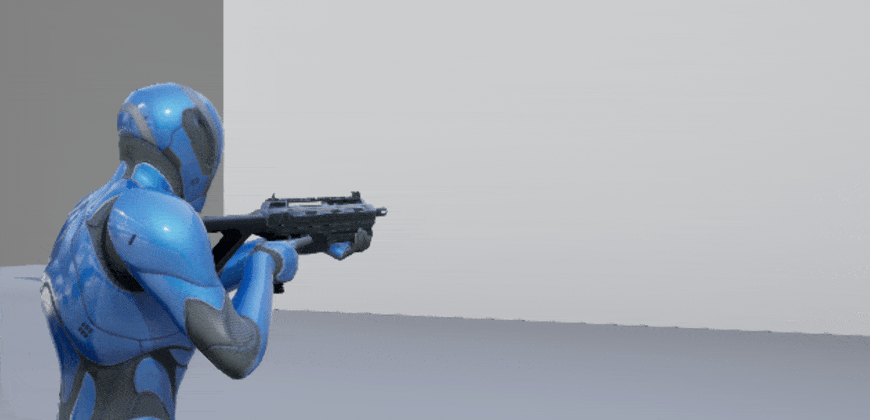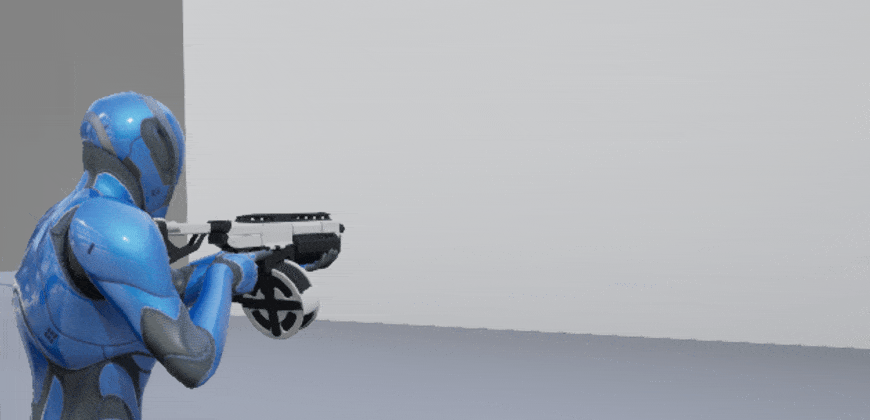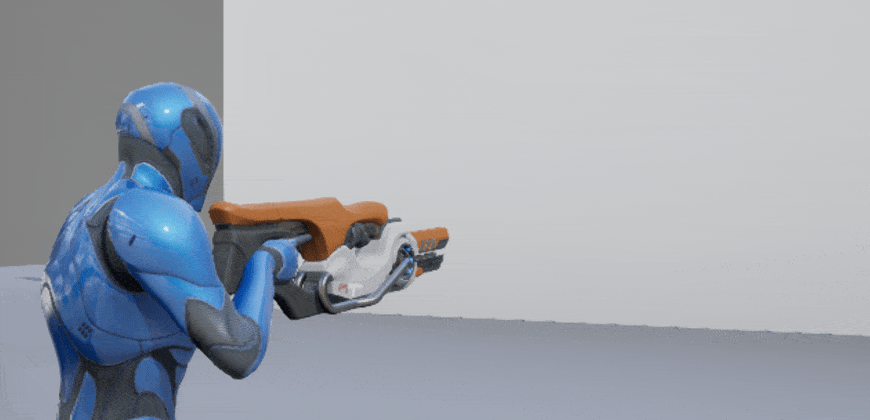Emitters
On this page
Projectile Emitters
Projectile Emitters create projectiles at the end of the weapons muzzle that travel towards the players target location. There are many types of projectiles but the action of creating a projectile is generally fire and forget.
Volume Emitter
A Volume Emitter finds targets that exist within a shape around or in front of the weapon. The most obvious example is a shotgun as using an overlap is more predictable and therefore better gameplay than spawning lots of projectiles with a random spread. Another use case could be a melee attack where the player intends to hit targets within a cone in front of the pawn.
Beam Emitter
The Beam Emitter continuously deals damage to targets while the beam is active. This is handled with a trace or by sweeping a sphere depending on the beam radius.


